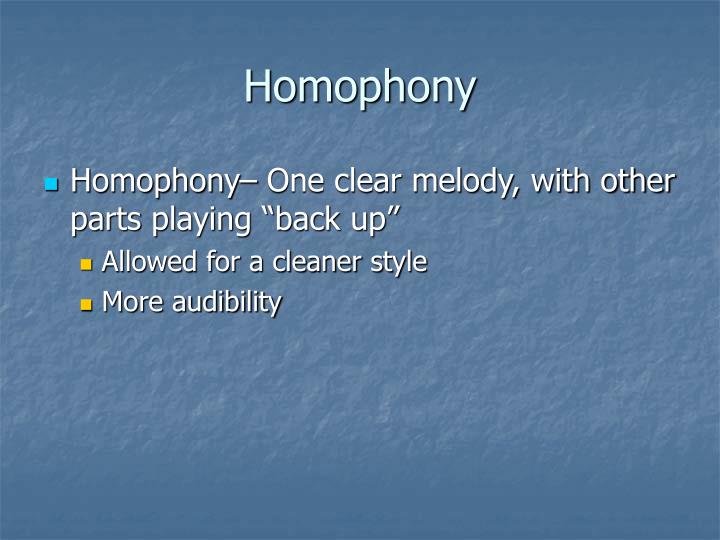

There are several types of texture in the fields of music analysis and history. But are there different types of texture in music? Types of TextureĪs per the explanation above, you can say that a piece of music has a dense or scattered texture, a thick or thin texture, a wide or narrow texture, and so on. For example, a thick texture consists of many layers of instruments. In other words, you can think of texture as the number of layers of melody and harmony that you can simultaneously hear in a piece.

It’s even more specifically differentiated in regard to the number of parts or voices, as well as the relationship between these parts. Musical texture is usually described in relative terms such as the density (or thickness) and range (or width) between the lowest and highest pitches. The manner of such a combination determines the overall quality of the sound in a piece of music. Texture, in music, is the way the melody, rhythm, and harmony are combined in a composition. But when these parts occur along with the melody, you can clearly tell they aren’t independent either because they serve to fill in the harmony or because their rhythm is the same as the melody.īefore I dive any deeper, and to really understand what homophony means, I should first explain what texture in music means. In a lot of well-written homophonic pieces, the parts that aren’t the main melody often sound quite different and can be interesting to listen to on their own. Explaining Homophonic Texture in MusicĪs defined above, a homophonic texture in music is where a single melody is the main idea while the other parts provide an elaborate accompaniment or play individual notes. The term homophonic originates from the Greek words ‘homo’, which means “same” or “similar”, and ‘phonic’, which means “sound” or “voice”. In other words, when a primary part is supported by one or more strands to add detail and complete the harmony, this is called a homophonic texture.

In music, a homophonic texture is when you have one melodic line (the line that captures your attention naturally), while the rest of the parts accompany or simply fill in the chords. History of Homophony What does Homophonic Mean in Music?


 0 kommentar(er)
0 kommentar(er)
